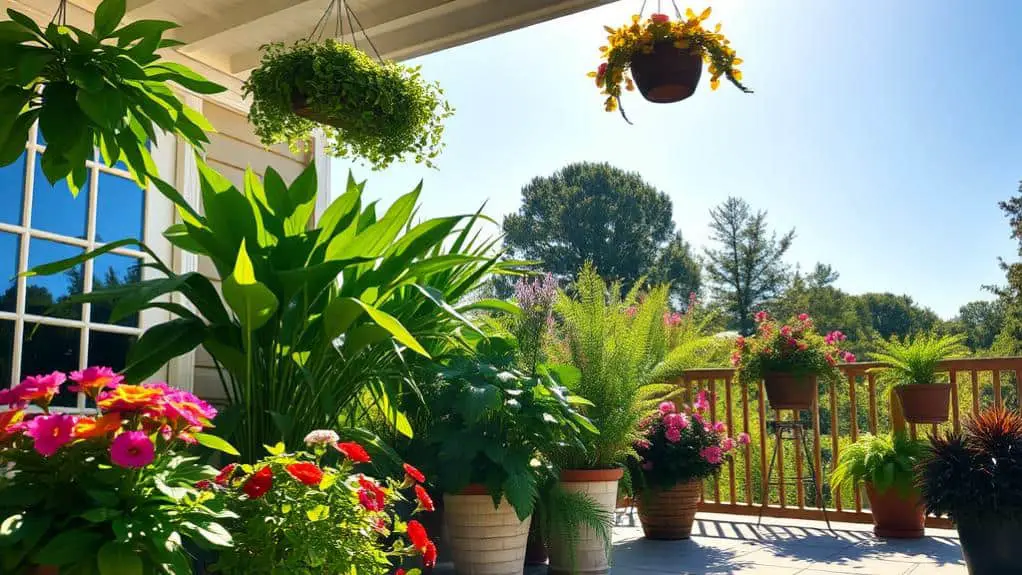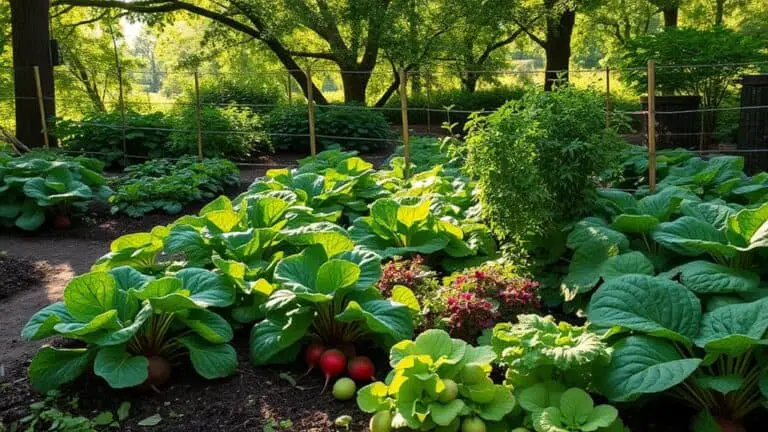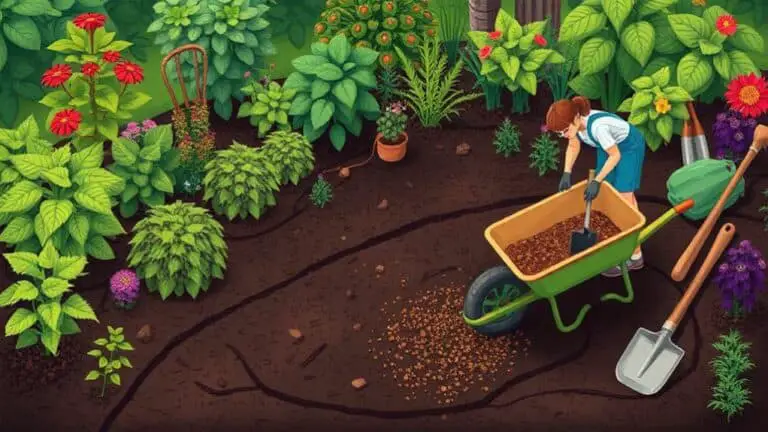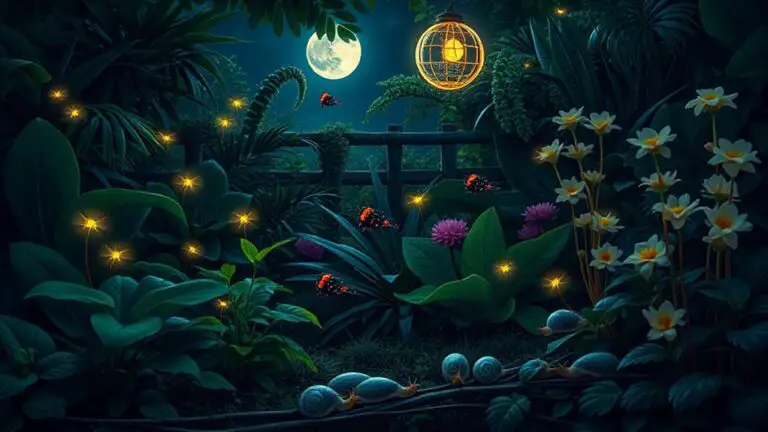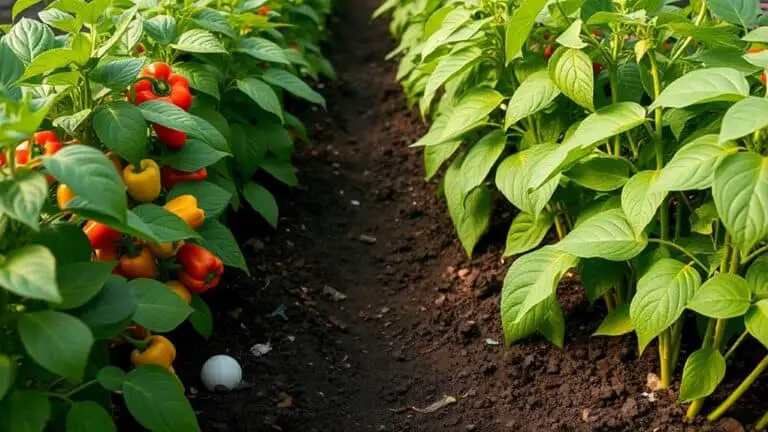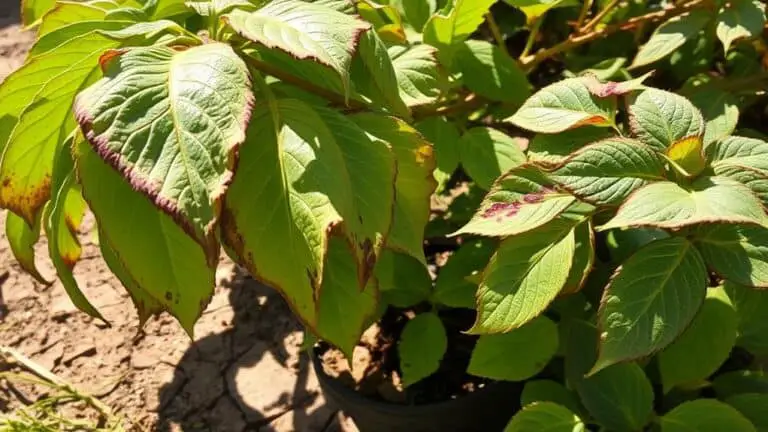Houseplants You Should Move Outside For The Summer
When summer rolls around, I've found it's the perfect time to give our houseplants a taste of the great outdoors. Shifting them outside can boost their growth, thanks to natural sunlight and fresh air. But, you can't just plop them in direct sun and hope for the best; there's a method to this change. For instance, cacti and succulents adore the sun but need gradual exposure to avoid shock. Curious about how to make this move seamless and which plants thrive best outside? Let's explore some key tips and plant choices together.
Benefits of Moving Houseplants
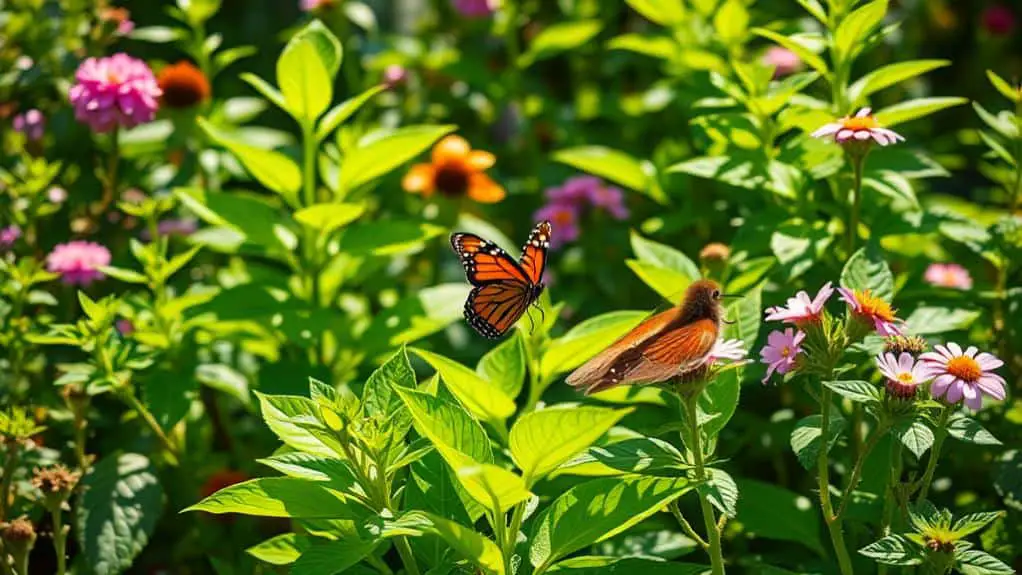
Moving our houseplants outdoors during summer brings a wealth of benefits that can greatly enhance their growth and vigor. The warm temperatures and increased humidity create ideal outdoor conditions for our plants.
Many houseplants naturally thrive in bright light, so exposure to natural sunlight promotes healthy growth, mimicking their native environments. The summer rains help clean foliage of dust and dirt while providing essential moisture, making our care routines simpler.
Fresh air also boosts the overall health and vigor of our houseplants, as they're evolved to flourish in natural settings. Plus, it's more convenient to water them with a hose.
With these advantages, our houseplants can truly thrive, becoming more robust and vibrant throughout the summer months.
Preparing Plants for the Move
Before we get our houseplants ready for summer, let's make sure they can handle the outdoor conditions by evaluating them several weeks in advance.
Choose a shaded area like a patio or porch to help them adjust gradually to the new environment.
We'll also want to repot and prune any plants that need it, ensuring they're stable and healthy for the move.
Evaluate Outdoor Suitability
As you get ready to shift your houseplants outdoors for the summer, it's crucial to evaluate their suitability for the new environment.
First, assess each plant's light and temperature needs. Many houseplants prefer bright, indirect light, similar to forest floors. Make sure these conditions match your outdoor space.
Next, consider their moisture requirements. Plants like Croton, which need consistent moisture, may require extra watering.
Finally, prepare your plants for the move by following these steps:
- Prune any overgrown stems to encourage healthy growth.
- Check for pests to avoid introducing infestations.
- Repot if necessary, ensuring adequate drainage to prevent water retention issues.
Gradual Acclimation Process
To guarantee a smooth adjustment for your houseplants, start the gradual acclimation process by placing them in a shaded area for just 1-2 hours a day.
Gradually increase their exposure over 7-10 days to prevent shock. Monitor the plants closely for signs of stress like leaf damage or drooping, and adjust their exposure times if needed.
For plants that love indirect light, make sure they're shaded by 10 a.m. to avoid harsh midday sun after initial acclimation. Morning sun is gentler and less likely to cause harm.
Cacti and Succulents
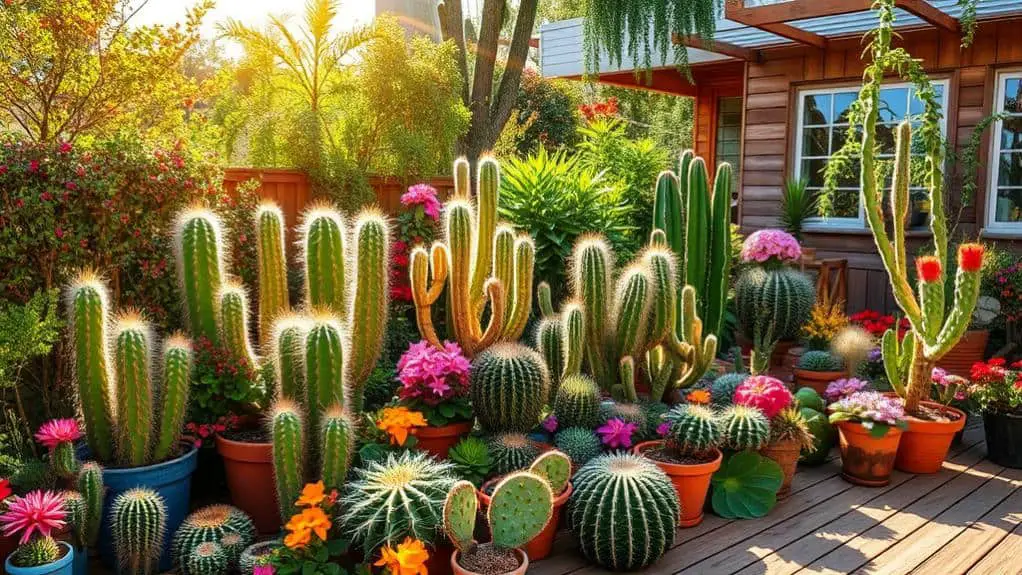
Embracing the vibrant season of summer, cacti and succulents become ideal companions for both indoor and outdoor spaces.
These hardy plants thrive in bright light, making outdoor placement perfect. To acclimate them, start by placing them in shaded areas, then gradually introduce them to full sun to avoid sunburn.
Here are three essential tips:
- Water Needs: Guarantee cacti and succulents dry out completely between waterings. Overwatering can harm them.
- Monitor for Stress: Check regularly for signs of stress or pests, as new environments can pose challenges.
- Enhance Growth: Outdoor exposure can boost their color and growth, highlighting their unique shapes and vibrant hues.
Ponytail Palm
The Ponytail Palm (Beaucarnea recurvata) is a fantastic low-maintenance addition to any garden or patio. This unique plant can grow up to 20 feet tall outdoors, making it a striking feature in any space.
It thrives in full sun, so find a sunny spot for it to soak up the summer rays. For plant care, treat it like a succulent—let the soil dry out completely between waterings to prevent root rot.
During the summer, the ponytail palm can produce beautiful flower stalks, adding even more charm to your garden. It's versatile enough to tolerate lower light levels but will truly flourish with ample sunlight.
Give it a try, and watch your garden thrive!
Croton

Let's talk about the Croton, a stunning plant known for its bright, multicolored leaves in shades of green, orange, and yellow.
It loves bright light, so it's perfect for sunny outdoor spots in the summer, but be sure to keep its soil consistently moist without overwatering.
Bright Light Preferences
Croton, or Codiaeum variegatum, truly flourishes when it gets plenty of bright light.
If you're planning to move houseplants outside for the summer, crotons will thrive in these conditions, enhancing the vibrancy of their leaves.
To guarantee peak growth, follow these steps:
- Gradual Acclimation: Slowly introduce your croton to full sun to prevent leaf burn. Start with a few hours of morning sunlight.
- Monitor Light Levels: Confirm your croton gets consistent bright light without being exposed to harsh midday sun.
- Check Soil Moisture: While crotons need moist soil, avoid overwatering, especially in bright outdoor conditions.
Moist Soil Requirements
While guaranteeing your croton gets ample bright light, don't overlook its need for consistently moist soil.
Crotons are sensitive to fluctuations in water intake, so keeping soil moisture steady is key. Avoid overwatering, which can lead to root rot and other health issues. Instead, aim for soil that retains moisture while allowing excess water to drain. This balance promotes healthy root growth and vibrant foliage.
During the summer months outdoors, check soil moisture regularly, especially in warmer temperatures, to guarantee adequate hydration. If the soil dries out too much, your croton may drop leaves as a stress response.
Temperature Sensitivities
With the right conditions, your croton can become a vibrant addition to your outdoor space, but it's crucial to pay attention to its temperature sensitivities.
Crotons love bright light and high humidity, but they're sensitive to temperature fluctuations. Here are some key points to keep in mind:
- Nighttime temperatures: Make sure temperatures stay above 50°F, as anything lower can stunt growth or damage leaves.
- Gradually acclimate: Start by placing your croton in a shaded area before introducing it to direct sunlight to prevent stress and leaf drop.
- Protecting crotons: If temperatures drop below 35°F, bring them inside to avoid potential leaf damage or plant death.
Hoya
Hoya plants are a fantastic choice for summer because they thrive in bright, indirect light, making them perfect for shaded patios or spots near kitchen windows.
Their waxy leaves are excellent at retaining moisture, which helps them handle the summer heat better than many other houseplants.
When moving your hoya outdoors, make sure to gradually increase their sunlight exposure to avoid leaf burn.
Keep the soil consistently moist but not soggy, as overly wet conditions can lead to root rot.
With the right care, hoyas can produce beautiful, fragrant flowers that will enhance any outdoor space.
Enjoy the beauty and resilience of hoya plants in your garden this summer, and watch them flourish in their new environment!
Amaryllis
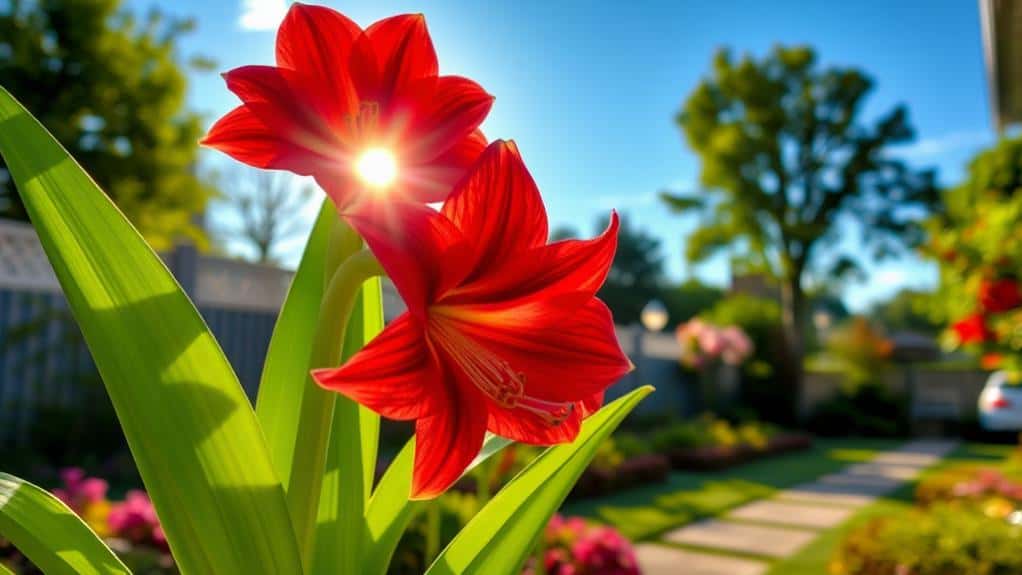
Let's talk about amaryllis, which is perfect for summer because it thrives in bright, indirect light, making your patio or garden look amazing.
Just remember to water it regularly to keep those stunning blooms vibrant and healthy.
With its gorgeous flowers in shades of red, pink, white, and orange, amaryllis can really enhance your outdoor space, but be sure to protect it from harsh weather and strong winds.
Optimal Light Conditions
Getting your Amaryllis to thrive in the summer hinges on guaranteeing it gets the right amount of light. Ideal light conditions are vital for its healthy growth. Here's what you need to do:
- Bright, indirect sunlight: Place your Amaryllis in a spot with filtered light. Direct sunlight can scorch the leaves, especially during harsh afternoon hours.
- Gradual acclimation: When moving it outdoors, gradually increase its light exposure over several days to avoid shock and leaf drop.
- Monitor light levels: Consistent checks confirm your plant gets enough light without overexposure, promoting vibrant blooms and robust growth.
Watering and Maintenance
Ensuring your Amaryllis gets the right amount of light sets the stage for proper watering and maintenance. Amaryllis thrives in bright, indirect light, perfect for patios or garden spots. To meet its watering needs, regularly water to keep the soil moist but not soggy, preventing bulb rot. Check soil moisture often, especially during hot weather—water thoroughly when the top inch feels dry. Fertilize every 4-6 weeks with a balanced water-soluble fertilizer to promote healthy growth and blooming. As the flowers fade, let the foliage die back naturally to store energy for the next growth cycle.
| Step | Action |
|---|---|
| Light | Bright, indirect light |
| Watering | Regular watering to keep soil moist |
| Soil Moisture | Monitor and water when top inch is dry |
| Fertilizing | Every 4-6 weeks with balanced fertilizer |
Enhancing Outdoor Aesthetics
When looking to enhance outdoor aesthetics, Amaryllis is a fantastic choice thanks to its vibrant and large blooms.
These striking flowers thrive in bright, indirect light, making them perfect for summer displays on your patio or garden.
To guarantee your Amaryllis thrives, follow these tips:
- Place in Sheltered Areas: Protect your plant from harsh afternoon sun and strong winds to keep the blooms vibrant.
- Regular Watering: Keep the soil consistently moist, but avoid waterlogging to promote healthy growth.
- Bright Light: Make sure the plant gets plenty of bright, indirect light for peak blooming.
Ficus
Ficus plants make excellent houseplants, especially during the summer months when you can move them outdoors to take advantage of warm, humid conditions.
Before you move your ficus outdoors, verify it's been in bright indoor light to ease the acclimation process. Sudden changes can cause leaf drop, which is normal but often leads to new growth.
When shifting, avoid direct sunlight, especially in the afternoon, to prevent leaf burn. Place your ficus in a spot with filtered light and well-draining soil.
Keep an eye on watering needs, as outdoor conditions can vary. By carefully managing this move, your ficus will thrive and bring lush greenery to your summer space.
Snake Plant
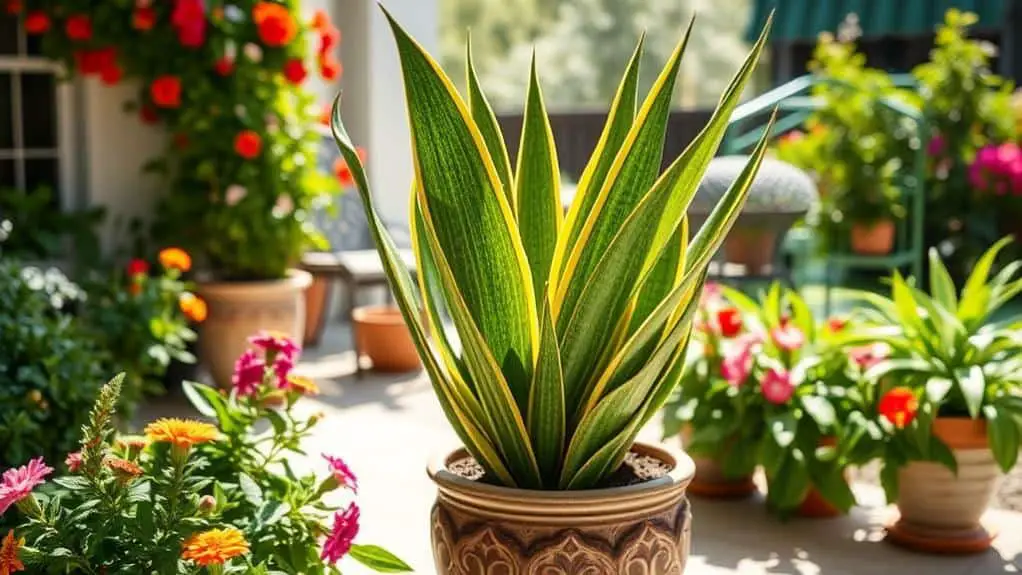
The Snake Plant, also known as Sansevieria, is an incredibly versatile houseplant that thrives in a range of light conditions, making it perfect for both indoor and outdoor spaces.
During the summer months, moving your snake plant outdoors can help it flourish in brighter conditions. However, it's crucial to acclimate it gradually to avoid leaf burn from direct sunlight.
Here's how to shift your snake plant outdoors:
- Start in a shaded spot: Place your plant in a shaded area for a few hours each day.
- Increase exposure: Gradually extend the time it spends outside, moving it to brighter light.
- Monitor soil moisture: Verify the soil dries out between waterings to prevent root rot.
Additional Care Tips
Taking extra care of your houseplants during summer can be both rewarding and essential for their health. One of the key additional care tips is to regularly inspect leaves for pests. Catching infestations early can save your plants.
After heavy rainfall, fertilize your plants to replace nutrients that may have been washed away. Don't forget to remove plant saucers to guarantee proper drainage and prevent root rot.
If you live in a low-humidity area, use misting or pebble trays to maintain humidity levels, especially for tropical plants.
Frequently Asked Questions
Which Houseplants Like to Go Outside in Summer?
I love moving my houseplants outside for summer. Plants like Croton, cacti, and Spider Plants enjoy sunlight exposure, temperature tolerance, and humidity levels. Just guarantee good soil drainage, pest control, and monitor seasonal growth for best results.
Can I Move My Houseplants Outside in Summer?
Yes, you can move your houseplants outside in summer. Guarantee proper houseplant acclimation, consider temperature, manage sunlight exposure, monitor pests, adjust watering frequency, and maintain soil health to help them thrive in outdoor conditions.
Do Houseplants Benefit From Being Outside?
Yes, houseplants benefit from being outside. Sunlight exposure and higher humidity levels boost growth stimulation. Fresh air aids pest control, while rain improves soil health. Gradual temperature acclimation guarantees vibrant, healthy foliage. Give it a try!
Can You Put Pothos Outside in Summer?
Yes, you can put pothos outside in summer. Gradually increase their sunlight exposure and guarantee proper outdoor care. They thrive with temperatures above 50°F, regular watering, and pest prevention, benefiting from improved growth.
Conclusion
Moving your houseplants outdoors for the summer can work wonders for their growth and health. Just remember to acclimate them slowly to avoid shock. Cacti, succulents, and tropical plants like Croton and Hoya will thrive with the right care. Give your plants the best summer ever by paying attention to their specific light and moisture needs. So, go ahead, take the plunge, and watch your indoor garden flourish like never before! Your plants will thank you!

